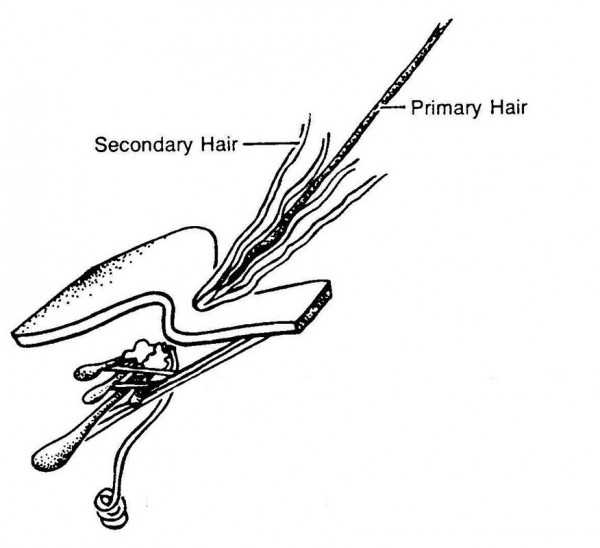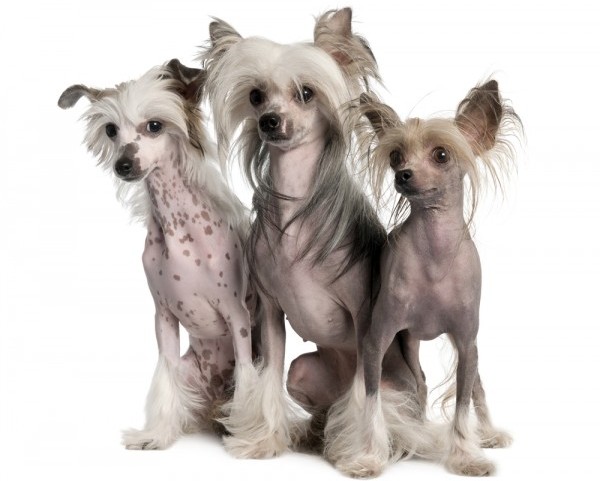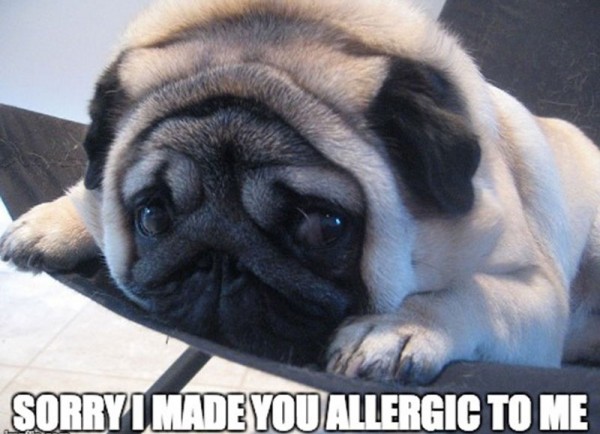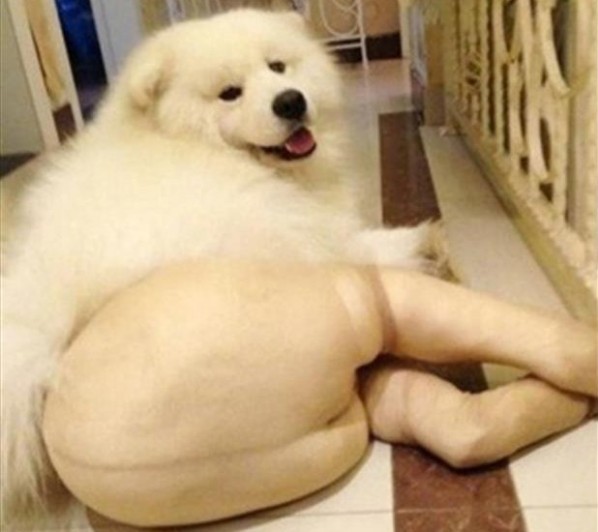It’s that dreaded time of year where you find everything in your home is covered in dog hair. Those pesky hairs manage to find their way onto clean washing and into cupboards and drawers. How is this even possible?!
As irritating as shedding can be for the majority of us, it’s a serious problem for those suffering with allergies and will often dictate whether to become a dog owner.
First, we need to understand why our furry friends suffer from hair shedding.
Why Do Dogs Shed?
All dogs shed (except hairless, duh!), but the amount of hair shedding depends on factors such as hormones, environment, health and breed genetics.
A dog’s coat protects the skin and controls body temperature. When a dog coat is wet; water is stopped getting through to the skin by hairs naturally coated in oil. Unlike our human hair which grows one strand per follicle, our furry friends grow several strands from the same one follicle.
The hair shedding cycle begins when the old hair stops growing to make way for newer, oilier hair.

German Shepherd Dog Hair Follicle Diagram. Source: The Dog Place
There are three types of dog hairs, they are:
1) Primary hairs
Also known as Guard hairs or Outercoat; this hair is long, shiny, stiff and, dependent on the breed, can be quite coarse. It’s purpose is to protect from water penetration to the skin.
2) Secondary Hairs
Also known as Undercoat or Underfur. The hairs on this insulated coat are short, fluffy, thick and usually on dogs that live in cold climates. Some dogs from more temperate climates will have an undercoat for the colder Winter months, and will shed their undercoat as it becomes warmer in Spring.
3) Whiskers
The third and final types of hairs on a dog, these grow to help the dog sense their surroundings.
What Dogs Are Best For Allergy Sufferers?
Hypoallergenic Dogs
The following dogs shed very little because they have hair shafts with longer life spans. Breeds include:
- Yorkshire Terrier
- Poodle
- Lakeland Terrier
- Shih Tzu
- Portuguese / Spanish Water Dogs
- Bichon Frise
- Scottish Terrier
- Italian Greyhound
- Afghan Hound
- Miniature and Giant Schnauzers

Chinese Crested Dogs are considered as hypoallergenic dogs as well. Source: Pet Guide
Dog Breeds That Shed The Most
These guys have hair shafts with short life spans. It is this short life span that causes the continuous hair shedding all year round:
- Akita
- Border Collie
- Labrador Retriever
- Chihuahua
- Pug
- Welsh Corgi
- St. Bernard
- Chow Chow
- German Shepherd
- Rottweiler

The Pug (Shedding) Life. Source: Blog
Can Hair Shedding Be Stopped?
Unfortunately hair shedding cannot be stopped, although the following may help to minimise the effects:
Regular Brushing
Some dogs may need brushing several times a day. Dogs with shorter coats such as dachshunds and bulldogs could benefit from the use of a grooming glove.
Diet
Ensuring your pooch is fed a good, healthy and wholesome diet full of omega oils which is high in protein and contains minimal grains and fillers.
Stress
Dogs shed more when they are stressed. Try and lessen their stress levels by keeping changes in routines to an absolute minimum. Ironically, dogs may shed more after a trip to the groomers.
Bathing
A nice temperate bath with a conditioning treatment could help to loosen the dead hairs, thus speeding up the amount of shedding.
Shaving
Some owners believe this will help their beloved pooch. Do not, we repeat, do not shave your dog. As mentioned earlier, the coat is used as an insulation and removal of it will make the dog hotter, not cooler. In addition to this you would also risk your dog getting sunburned and being too cool in air-conditioned homes.
Think Before You Commit
If you are an allergy sufferer (we feel your pain) looking to get a furry friend then do your research into dog breeds with heavy hair shedding. Whether they are purebred or cross breed. Also consider if you can give these dogs the time and commitment to brushing them, because if you are having to send your pooch to a groomer this will become costly.

If all else fails… *disclaimer* we do not recommend you try this at home! Source
Can you recommend any products or tips to minimise dog hair shedding? Write your comments below!